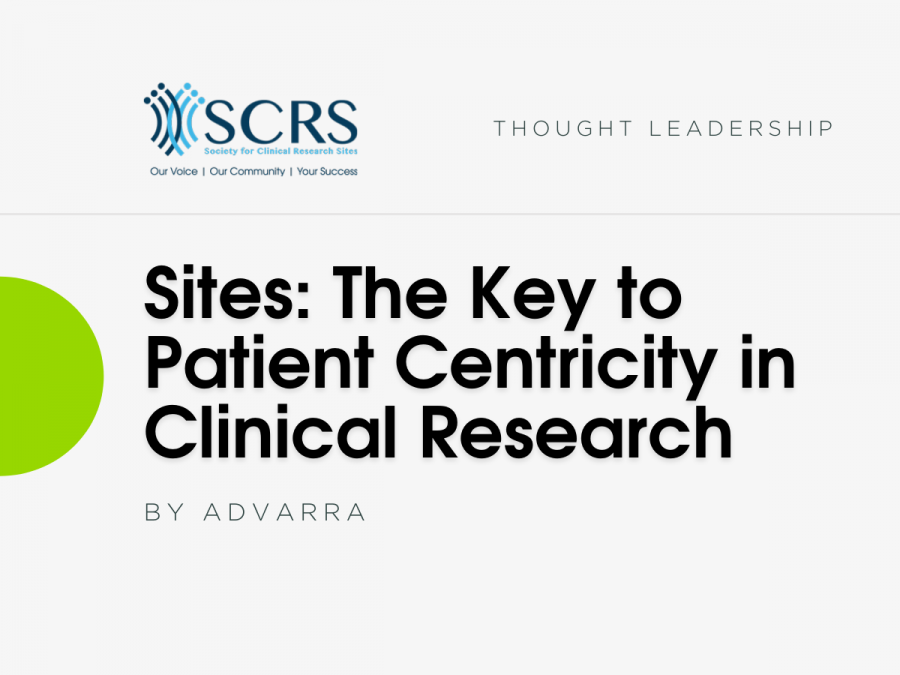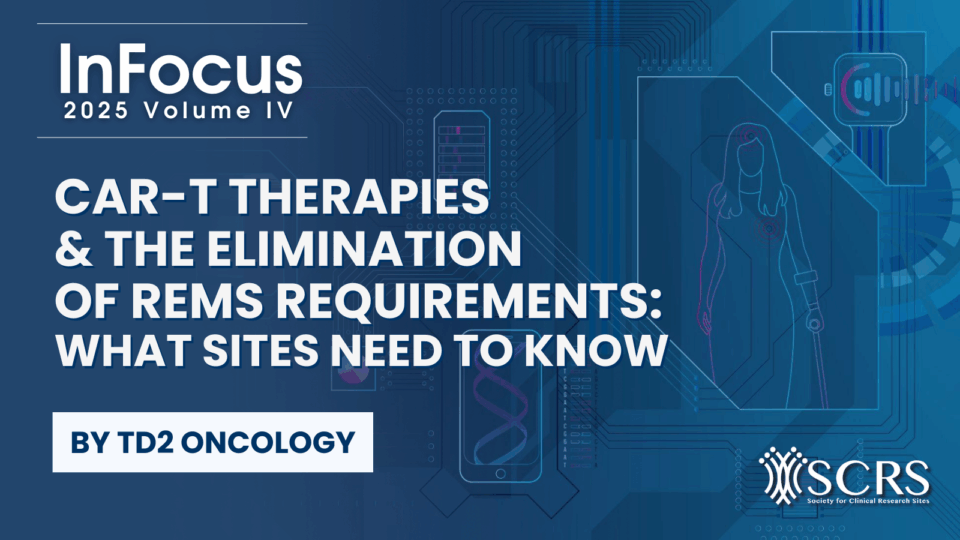Sites: The Key to Patient Centricity in Clinical Research

Originally published on Clinical Trials Arena
We’ve heard and used the term “patient centricity” for years now, and with good reason. It’s an important consideration in the healthcare industry, including the clinical research space. But there’s a related issue rarely discussed, although it should be: the relationship between patient centricity and site centricity.
One could argue patient centricity is not possible without site centricity, as sites deliver the patient experience in clinical trials. The best intentions of any sponsor or contract research organization (CRO) make little difference if sites fail to engage with participants. Here are three strategies and examples of how site centricity ensures trial success and a positive experience for your participants.
Listen to site experiences and suggestions for improvement
Jessica Perry, Director of Patient Centricity at Moderna, is an industry advocate of the important role sites play in patient centricity. In a recent podcast interview with Advarra’s Aidan Gannon, Perry said, “We have to ensure that when we’re looking at trial designs and looking at operationalizing trials, that we are considering the type of burden that we’re putting on the sites.”
Perry went on to note sponsors shouldn’t pass up the opportunity to leverage the experience sites bring to the table and should invite them to share their insights and learnings. “The sites and investigators we work with are incredibly important to us,” she said. “And we want to ensure that we have a true partnership with them.”
Address challenges sites face with process improvements and support
How else can the industry become “site-centric” and better help sites deliver the patient experiences needed for a successful trial? Taking note of the common challenges site leadership describe is a good starting point. The following were previously shared in focus groups with Advarra’s Longboat Platform team:
- Customize experiences to accommodate physicians and healthcare partners who work differently
- Accommodate participants of varied types and backgrounds
- Integrate clinical research activities and support into investigators’ and site staff’s existing workflows
- Maximize staff efficiency and effectiveness
- Provide varying materials and resources for effective staff training
- Establish an effective workflow across sponsor and site technology, and allow sites to utilize their own technology
One can easily imagine how problems in any of these areas could negatively impact the participant experience at the site. An overwhelmed, poorly organized, or inadequately trained site is not well-positioned to deliver on the sponsors’ and CROs’ patient-centric goals. There could be bigger consequences as well, including compromised data and protocol deviations.
A top-20 pharmaceutical company conducted a challenging Phase III breast cancer study in 16 countries across North America, Europe, and Asia. Due to its tight timeline and small participant population, this particular study had very little room for miscommunication or error. By providing custom training, engagement options, guided visits, and more via Advarra’s Longboat Platform, they successfully conducted this complex trial. The support provided by the sponsor and CRO within the Longboat Platform reduced screen failures by 50%, protocol deviations by 21%, and supported twice the participants enrolled per site.
Investing upfront pays off
Fortunately, sponsors and CROs have the power to address these issues and improve the clinical research experience for both sites and participants. Advarra’s technology for sponsors, CROs, and sites:
- Improves communication and transparency
- Improves site efficiency
- Reduces burdens on staff and participants
- Streamlines the clinical trial experience
Inevitably, lower burden on sites results in more time available for patient care and engagement.




